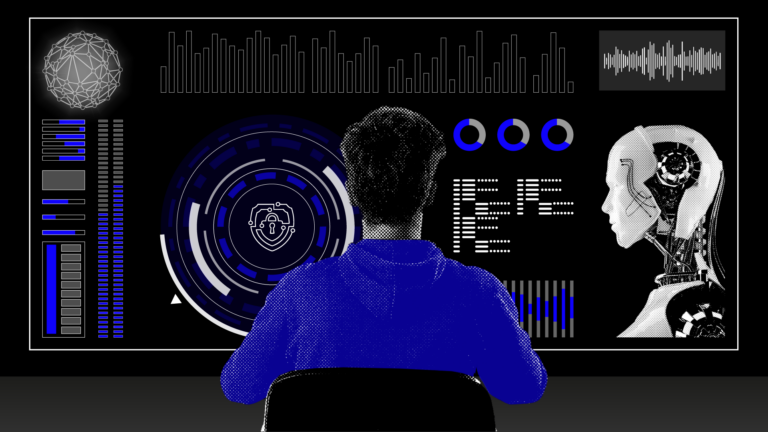In today’s fast-paced business landscape, hiring the right talent is crucial for an organization’s success. Bad hires can lead to not only financial setbacks but also significant cultural consequences that affect employee morale, productivity, and overall company dynamics.
In this article, we will delve into the cultural consequences of bad hires, exploring how they impact organizations and providing insights on how to prevent them.
Understanding Bad Hires
The Definition of a Bad Hire
A bad hire refers to the recruitment of an employee who does not align with the organization’s values, culture, or job requirements. They may lack the necessary skills, exhibit poor work ethics, or simply not fit in with the team.
The High Cost of Bad Hires
Bad hires are costly. Apart from the financial resources spent on recruitment, training, and onboarding, bad hires often lead to project delays, decreased productivity, and even legal issues. The cost of a bad hire can be detrimental to a company’s bottom line.
Cultural Consequences
Eroding Company Culture
One of the most significant cultural consequences of a bad hire is the erosion of the company’s culture. When an employee doesn’t align with the company’s values and ethics, it sends mixed signals to the rest of the team. This can lead to confusion about what behaviors are acceptable and what aren’t, ultimately weakening the core values that the organization stands for.
Impact on Team Dynamics
Bad hires can create tension within teams. Team members may have to pick up the slack for the underperforming employee, leading to resentment and frustration. This not only affects team dynamics but can also harm collaboration and innovation within the group.
Decreased Employee Engagement
Employees who witness the negative impact of a bad hire may become disengaged. They might question management’s decision-making abilities and lose motivation to perform at their best. This can result in decreased overall employee engagement, which is essential for a healthy workplace culture.
Increased Turnover
Another cultural consequence of bad hires is an increased turnover rate. Talented employees who are unhappy with the work environment due to a bad hire may choose to leave the organization. This turnover disrupts continuity and can lead to further instability within the company.
Damage to Reputation
Bad hires can also harm an organization’s reputation, both internally and externally. Current employees may lose trust in the leadership’s ability to make sound hiring decisions, while clients, partners, and customers may perceive the company as unprofessional or unreliable.
Preventing Bad Hires
Thorough Screening and Interviewing
To avoid bad hires, organizations should implement a rigorous screening and interviewing process. This includes thorough background checks, skill assessments, and behavioral interviews. Utilizing technology and AI-driven tools for screening can enhance the accuracy of the hiring process.
Cultural Fit Assessment
Assessing cultural fit is essential. Beyond skills, candidates should align with the company’s values and work ethic. Assessing cultural fit during interviews and reference checks can help prevent bad hires. Utilizing cultural assessment tools and surveys can provide valuable insights into a candidate’s alignment with the organization’s culture. Here is a great read in case you’re interested in learning more about how to maintain a healthy culture in software development teams.
Onboarding and Training
Investing in comprehensive onboarding and training programs can help new employees integrate better into the organization. Clear expectations and ongoing support can reduce the chances of them becoming bad hires. Offering mentorship programs and continuous learning opportunities can also contribute to their success within the company.
Conclusion
In conclusion, the cultural consequences of bad hires can be severe, affecting company culture, team dynamics, employee engagement, turnover, and reputation. However, by implementing thorough screening, assessing cultural fit, utilizing technology, and providing proper onboarding and training, organizations can mitigate the risks associated with bad hires and build a more cohesive and productive workforce.
FAQs
What is the cost of a bad hire for a company?
A bad hire can cost a company not only financially but also in terms of decreased productivity, morale, and reputation, making it a significant setback. Read more about the costs of a bad hire.
How can organizations assess cultural fit during interviews?
Cultural fit can be assessed by asking questions about a candidate’s values, work style, and how they would handle specific situations in the workplace. Utilizing cultural assessment tools can also provide valuable insights.
Are bad hires common in the business world?
Unfortunately, bad hires are not uncommon, but with the right hiring processes or partners in place, they can be minimized.
Can bad hires be rehabilitated?
In some cases, with proper training, mentorship, and support, bad hires can improve their performance and align with the company’s culture.
What steps should a company take when they realize they’ve made a bad hire?
When a bad hire is identified, it’s essential to address the issue promptly. This may involve additional training, mentorship, or, in extreme cases, termination.

